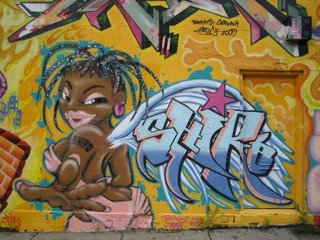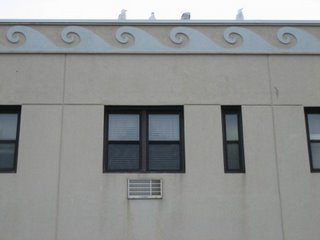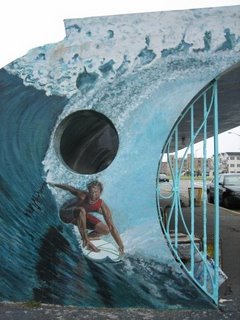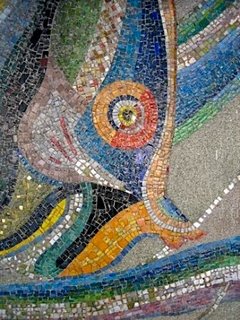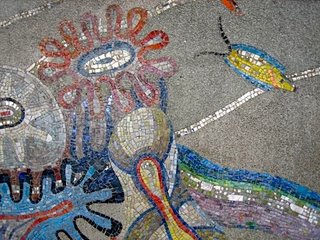The population of Kinshasa, the capital of the Democratic Republic of the Congo, was 431,296 in 1965.
How do I know this obscure fact?
The same way I know who Elizabeth Jane Coatsworth was, and the dimensions of Africa’s Lake Chad (6,300 square miles), and the location of Ceylon. It’s all right there in black and white in my New Standard Encyclopedia.
Of course, my encyclopedias were published in 1971. That’s why they don’t say that Lake Chad has largely dried up in recent decades, or that Ceylon has changed its name to Sri Lanka, or that Kinshasa’s population has ballooned to more than 6.5 million people.
The 14 volumes are full of mid-century military officers, statesmen and obscure figures like Coatsworth, an author of children’s books best known for “The Cat Who Went to Heaven” (1931). These people may or may not be included in today’s more modern encyclopedias. Coatsworth, at least, attained a few sentences on Wikipedia.
My books are designed to explain what’s what, quickly and efficiently. They don’t drone on ad nauseam like my mother’s early-’60s edition of the Encyclopedia Brittanica, which we always joked told us far more than we ever needed to know.
But admittedly, they’re hopelessly out of date.
Still, despite the fact that I live in a tiny studio apartment, I can’t get rid of them. My parents bought these encyclopedias for me in the early 1970s, when they were a very lightly used set, and they were at my side through every homework assignment I ever did that required research.
The other day, I discovered I’m not alone.
My coworker, who is winnowing some of her accumulated stuff from a storage unit, said she has a set of Brittanicas that she can’t throw out, because her children used them in school. She remembers the sadness she felt after she lost her own set of childhood Brittanicas.
My boss said she too had a set of childhood encyclopedias that she clung to for years. She finally allowed her husband to give them to the Salvation Army, but was annoyed when he donated only some of the volumes, breaking up the set. (She took the remainders to the same shop, hoping to reunite them, but couldn’t bring herself to wait around, in case the first batch had already been tossed as incomplete. She didn’t want to know.)
It seems crazy to cling to a big stack of books full of outdated information. But I feel incredible affection for my encyclopedias. They’re full of traces of my childhood.
Over the picture of Yale University, I wrote, “Let me go to Yale, mommy.” (Alas, mommy couldn’t have done much to get me in, given the educational and personal lassitude that dragged down my GPA in middle and high school.)
On the map of South Carolina, I checked off every county, probably for a geography report I remember writing in the fourth grade.
The fact that all three of us in my small office feel a sentimental attachment to our old encyclopedias suggests that it may be a widespread condition. How many American households harbor beloved but outdated stacks of reference books (not to mention their accompanying bookcases and yearly updates, in the case of the Brittanica)?
And are today’s kids going to bond with their CD-Rom or online encyclopedias?
Somehow I doubt it.





